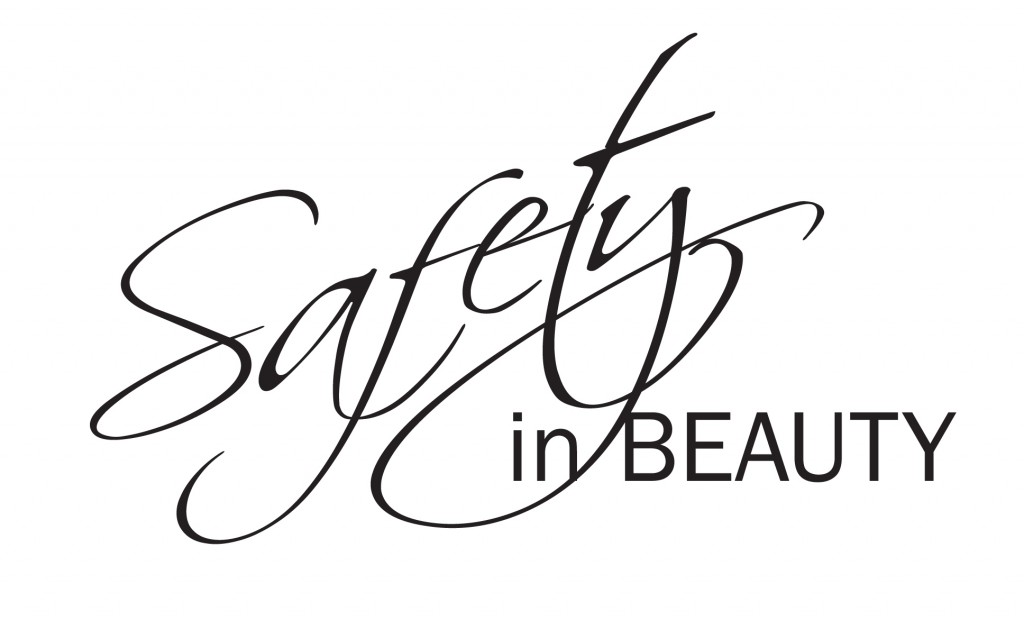
Campaigners for improvements in health and safety in beauty and the cosmetic industries have fought an uphill battle in recent years, with rogue practitioners operating within the cosmetic surgery industry proving difficult to eradicate.
Much was anticipated in relation to safety within the industry after the Keogh report of 2013 was published. The Government ordered the report into the cosmetic interventions industry in response to the PIP breast implant scandal of 2011/2012. The scandal exposed deeply worrying lapses in product quality, aftercare, and record keeping in cosmetic surgery and consequently Sir Bruce Keogh recommended better regulation and training in the industry as well as proper redress for patients should things go wrong.
The situation looked promising; it seemed that long-overdue improvements in safety would be made. But although there have been some breakthroughs in patient safety and numerous small victories to celebrate since, the Keogh report was largely ineffective. Sadly, patients are still being subjected to substandard and sometimes reckless practitioners intent only on making money and who have scant regard for the safety of their patients. Some safety campaigners still deride the cosmetic industry as “the wild west of medicine”.
The alarming number of botched procedures has not had a detrimental effect on the numbers of people seeking cosmetic interventions, however, and the industry is booming. Statistics from The British Association of Aesthetic Plastic Surgeons (BAAPS) revealed that in 2015 over 51,000 Britons opted for cosmetic surgery constituting a record year for the industry. There was a 12.6% rise in invasive cosmetic procedures (with increased demand for all procedures) in contrast to the 9% dip observed in 2014. That fall is being considered as a reflection of the British economy and the scare behind botched procedures and PIP breast implants, while last year’s rise is associated with a more educated public who have come to realise the superior long-term effects of surgical treatments versus less invasive ones. BAAPS President and collator of the audit data, Rajiv Grover, believes that an increased openness from celebrities about the work they’ve had done has also contributed to lessened reservations about nip and tucks.
It seems that ‘Tweaked, not tucked’ has evolved as the new aesthetic ideal, with the demand for subtle, understated anti-aging procedures such as eyelid surgery, face lifts and fat transfer remaining largely unchanged – yet more ‘conspicuous’ treatments such as tummy tucks and nose jobs have dropped dramatically. It perhaps not surprising that breast augmentation (boob jobs)is still the most performed surgical procedure, demand for them plunged by a quarter (23%). Demand for breast reduction surgery, now infrequently carried out on the NHS, went up by a modest 3%.
Although the Keogh report did little in real terms to improve safety in the cosmetic industry, it did perhaps serve a purpose in the part it played in safety becoming the trend du jour. One campaign seemed to spawn another, and all campaigns have contributed to increasing public awareness about safety, and increasing the pressure on those who behave recklessly towards patients.
It has been apparent for some time that there is significant consumer ignorance with regard to how to choose a safe and appropriate cosmetic practitioner. With worrying numbers of unscrupulous, often poorly-trained practitioners all too ready to exploit patients’ vulnerabilities for profit, there has been thousands of cases of horrific, botched surgery, the result of which is often permanent. The Think Over Before You Make Over campaign was borne to address this deficit in consumer awareness. Led by the British association of Plastic Reconstructive and Aesthetic Surgeons (BAPRAS), the campaign provides a comprehensive range of advice on for everyone who is seeking cosmetic surgery in order for them to choose safely and minimise their risk of suffering physical and emotional harm.
Launched in 2013, the campaign was established to protect those seeking and undergoing cosmetic procedures, by empowering them, educating them , supporting and helping them. The campaign wants to ensure better , safer, more transparent industry. The Safety in Beauty campaign offers the public free access to emotional support, as well as medical and legal advice. The campaign is run by volunteers who are professionals and who offer their time and dedication entirely without renumeration of any sort.
The campaigners work tirelessly to ensure that public safety is protected by generating as much awareness as possible. The public’s help is imperative to the campaign so please support the cause on Twitter @SafetyinBeauty and Facebook Safety in Beauty.
The campaign received 187 complaints about cosmetic procedures between October 2014 and October 2015, with lip injections and facial fillers being the most complained about procedures. Complaints ranged from practitioner incompetence to unhygienic and unsuitable premises.
The Safety in Beauty Campaign have noticed 3 key themes that emerge in most complaints. Firstly, a lack of communication between the consumer and practitioner when things go wrong. Consumers reported not being listened to and not being taken seriously caused them great distress, and that they often wanted those involved to show concern and humanity rather than treating them and their complaint like a nuisance.
The second concern was a lack of clarity. Patients reported that procedures were not explained to them in a simple manner, from the procedure itself to side-effects and aftercare. Clarity should start with the practitioner’s website, and continue throughout the process, including thorough explanations with regard to everything from times and cost, to the expected results and aftercare.
The third concern is care – and clarity and communication are rendered pointless without it. The consumer must be treated like a person with feelings and needs and not a number and that patient must feel cared for and important throughout the process.
Article by Antonia Mariconda also printed in Aesthetic Medicine Magazine April 2016
